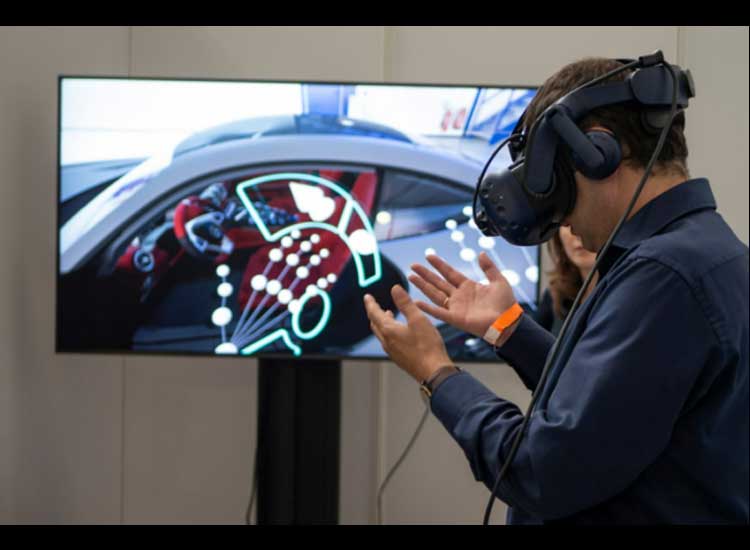Jamnalal Bajaj, the Founder of Bajaj, Born into a Marginal Family – Who doesn’t know Bajaj? We still often see this means of transportation that has become Jakarta’s identity roaming the streets of the capital city. This mode of transportation, whose name has soared ever since it was made into a sitcom on private TV, still has many fans. Even though it has become a transportation icon in Jakarta , the public already understands that Bajaj is not originally from Indonesia, but from India.
Like other large companies that include the founder’s name as the name of the product they produce, such as Ford, which was founded by Henry Ford, the Bajaj Group is also taken from the name of its founder, namely Jamnalal Bajaj. So, the name Bajaj itself experienced a shift in meaning when they first entered Indonesia in the 70s. Apart from being known as the founder of Bajaj Auto, Jamnalal, who was born on November 4 1889, is also known as an industrialist and one of India’s freedom fighters.
Based on historical records, Jamnalal was born to Kaniram and Birdibai in a small village called Kashi Ka Bas, Rajasthan. The third child of the couple is known to be a close associate and follower of Mahatma Gandhi’s teachings. The closeness that existed between the two then encouraged Gandhi to adopt him as a child. At the age of 37, Jamnalal then founded a company called the Bajaj Group which consisted of several companies, such as Mukand Ltd., Bajaj Electricals Ltd., and Bajaj Hindusthan Ltd.
Compiled by https://goodfair.xyz/ from the Wikipedia.com page , to date the Bajaj Group has a total of 24 companies, of which six are included in the ranks of registered companies. Meanwhile, one of the companies that are part of the Bajaj Group, namely Bajaj Auto, is now run by one of Jamnalal’s grandsons, Rahul Bajaj. Unfortunately, only 16 years later, Jamnalal could experience the glory of the company he founded, because on February 11, 1942, he breathed his last breath.
In Jakarta itself, bajaj began operating during the leadership of Governor Ali Sadikin. Precisely in 1975, Bajaj with two-stroke engines began to be imported from India and ordered to operate in the capital city to replace the role of rickshaws which were deemed incompetent to overcome the existing traffic jam problem. Apart from that, Ali Sadikin also aims to modernize Jakarta by presenting this three-wheeled mode.
Overall, Bajaj in Jakarta is divided into two types, namely orange and blue Bajaj. The orange Bajaj can be said to be the first generation of this mode, which still uses two-stroke petrol as fuel. Meanwhile, the blue Bajaj is a rejuvenated form of the orange Bajaj, where this mode already uses gas as its driving force.
Bajaj’s normal speed is 40 km per hour with a maximum speed of 70 km per hour. As additional information, in 2005, a vehicle called the Kancil was introduced to replace the Bajaj, but it was not very popular among the public. As of October 2014, there were around 14,000 Bajaj units operating in Jakarta , of which 8,000 were Orange Bajaj units.
It turns out, not only in Indonesia, several other countries in various parts of the world also use bajaj as a mode of transportation, of course with their own names. For example, Thailand, Peru, Sri Lanka, Ethiopia, India, China, Cuba and England are also known to operate this vehicle .





